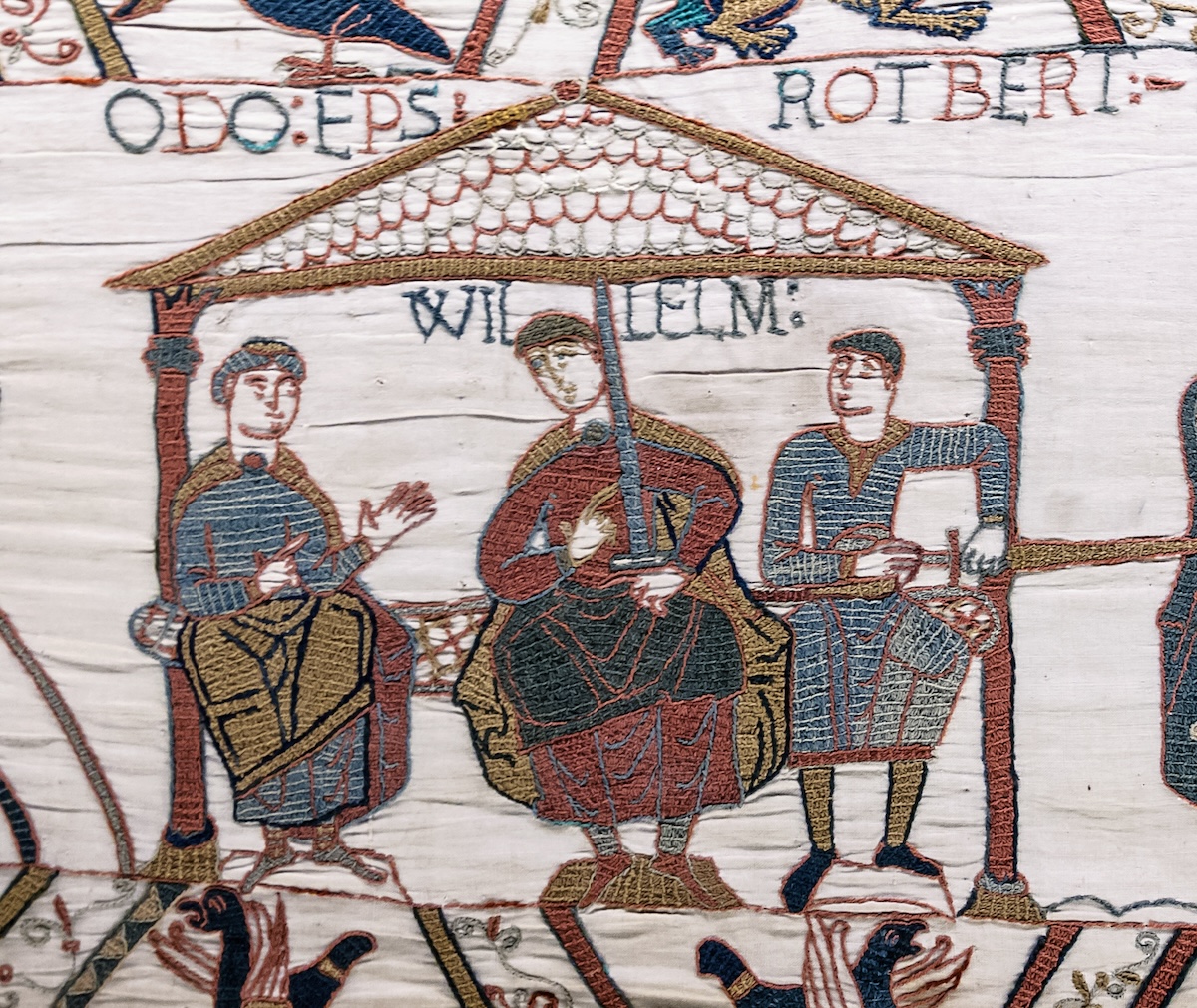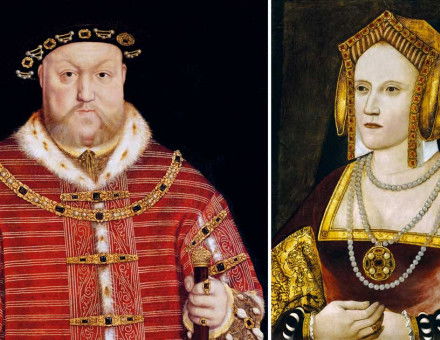Reassessing William the Conqueror
In the popular imagination, William the Conqueror is, without doubt, the villain, yet the sources we have for his life are ambivalent.

Almost every October for the past 30 years, weather and ground conditions permitting, re-enactors from all over Europe have assembled on the site of the Battle of Hastings to replay the most famous clash-of-arms in English history before an appreciative crowd. While Norman knights and English housecarls slug it out and archers carefully let fly with blunted arrows, spectators are treated to a live commentary intercut with pre-recorded speeches by the two commanders. As you might expect, the English king, Harold Godwinson, comes across as an essentially decent chap, albeit weary and exasperated. By contrast, his adversary, Duke William of Normandy, sounds like a maniac, ranting furiously in a cod-French accent – Napoleon filtered through the lens of Hitler. Unsurprisingly, when the audience is invited to voice their support, there is loud cheering for the home team but only polite and scattered applause for the visitors, barely audible above the booing. In this 950th anniversary year, one suspects that the preferences of the crowd may be even more marked than usual.







